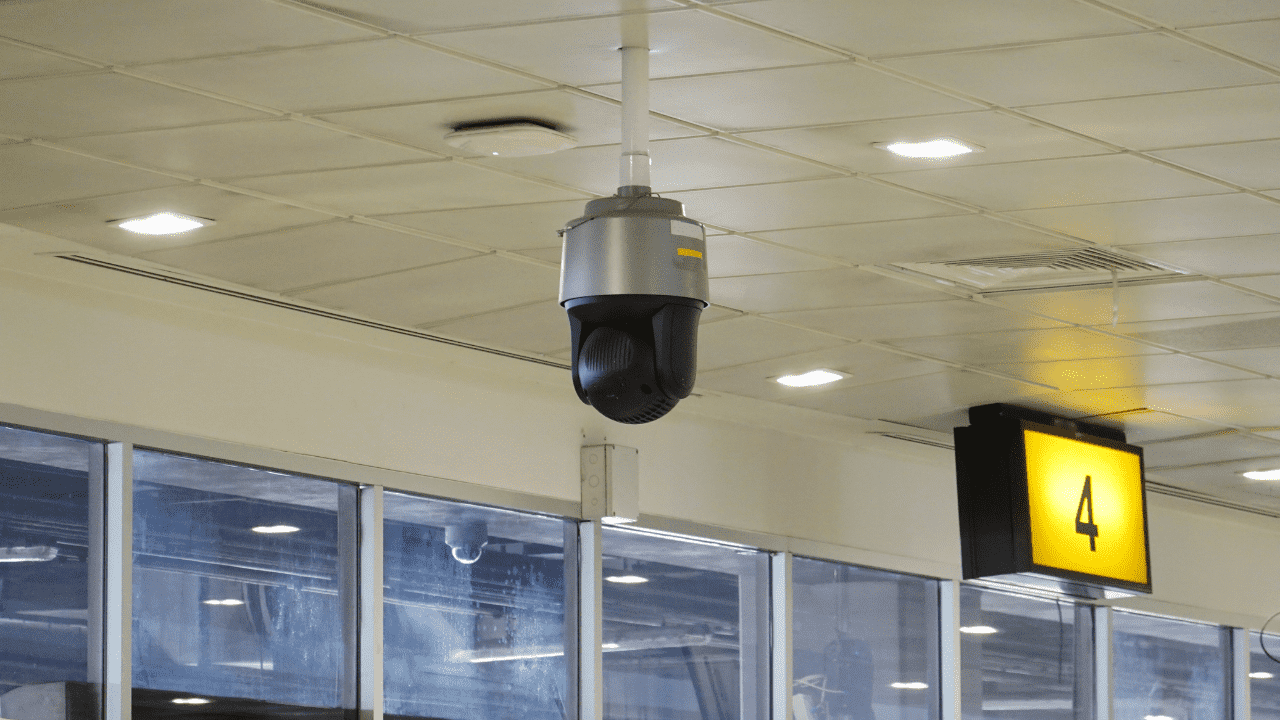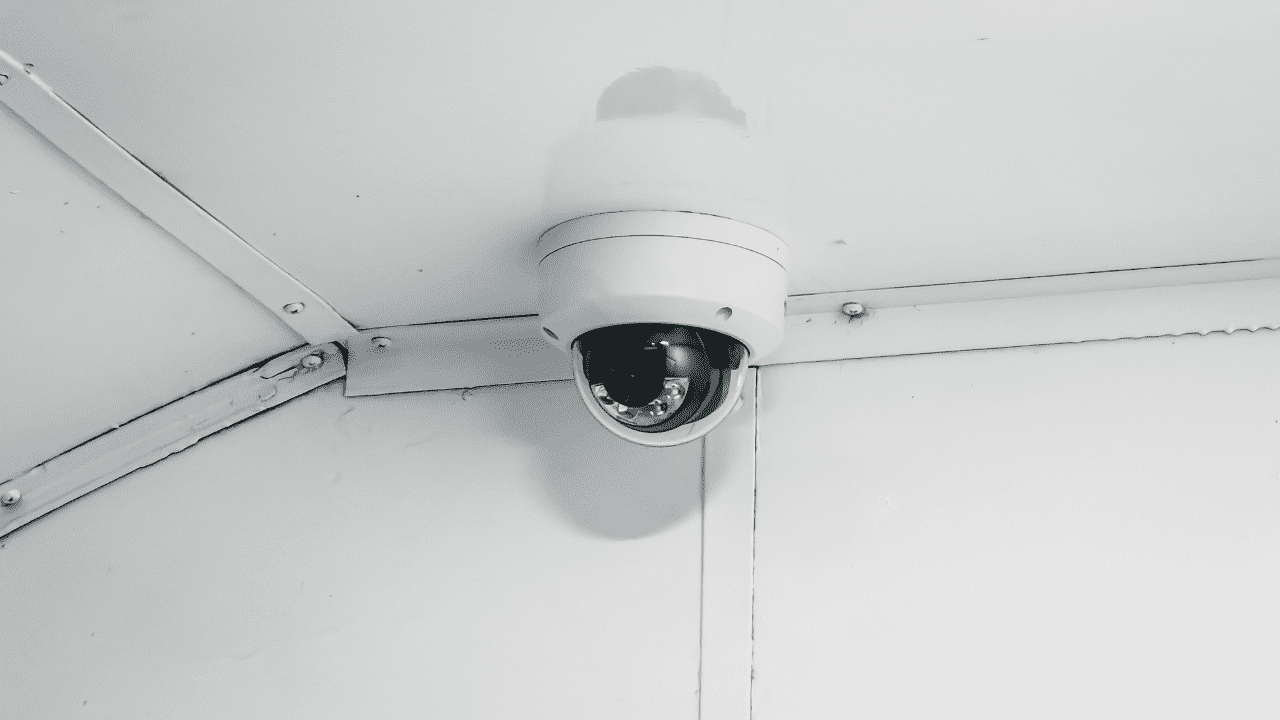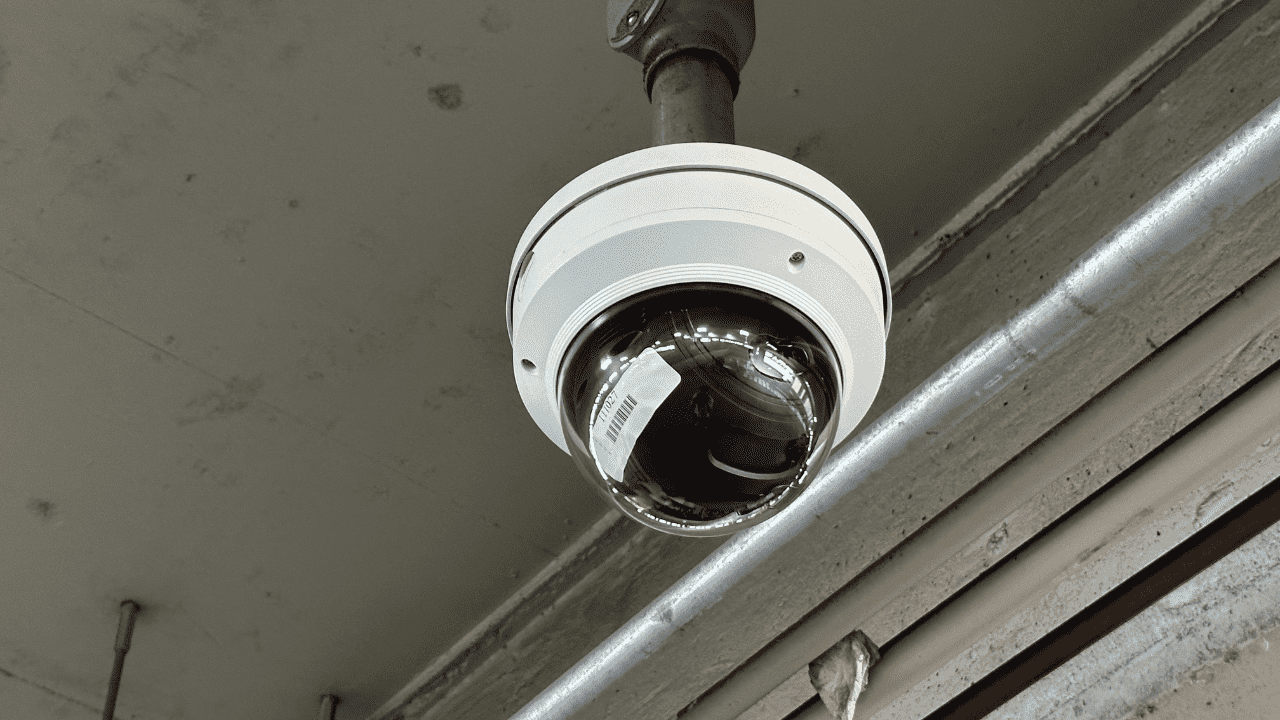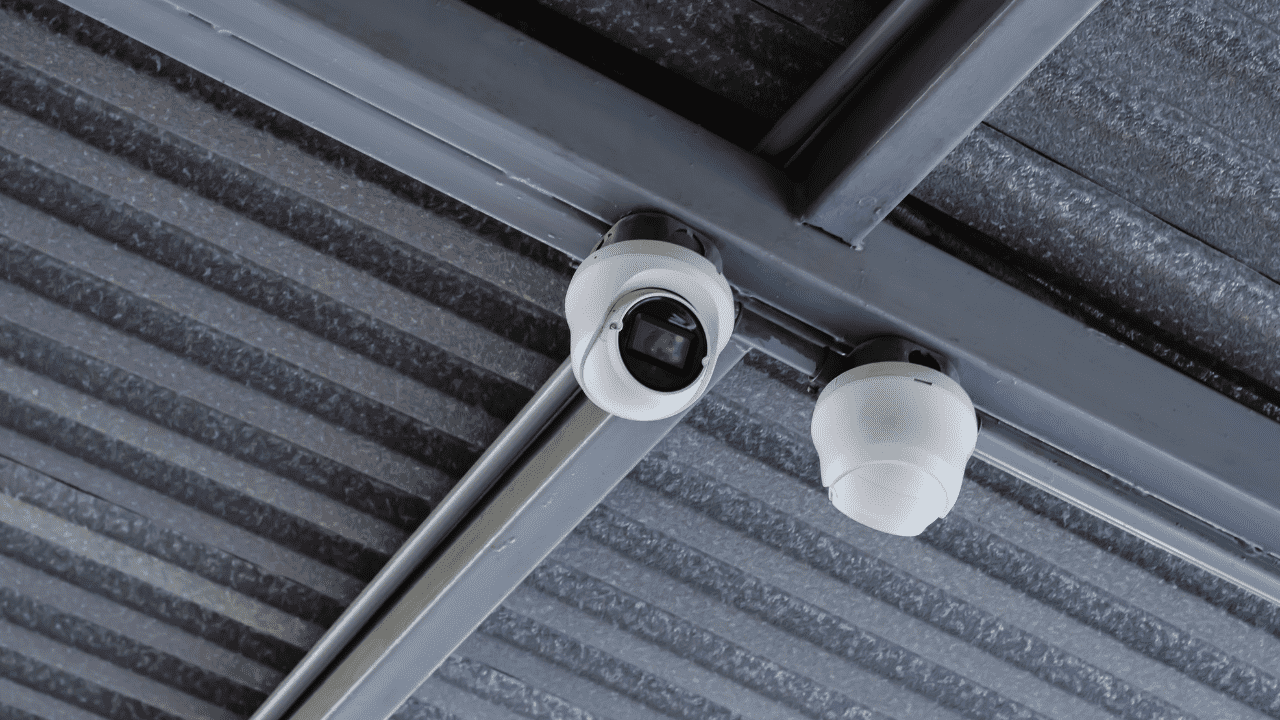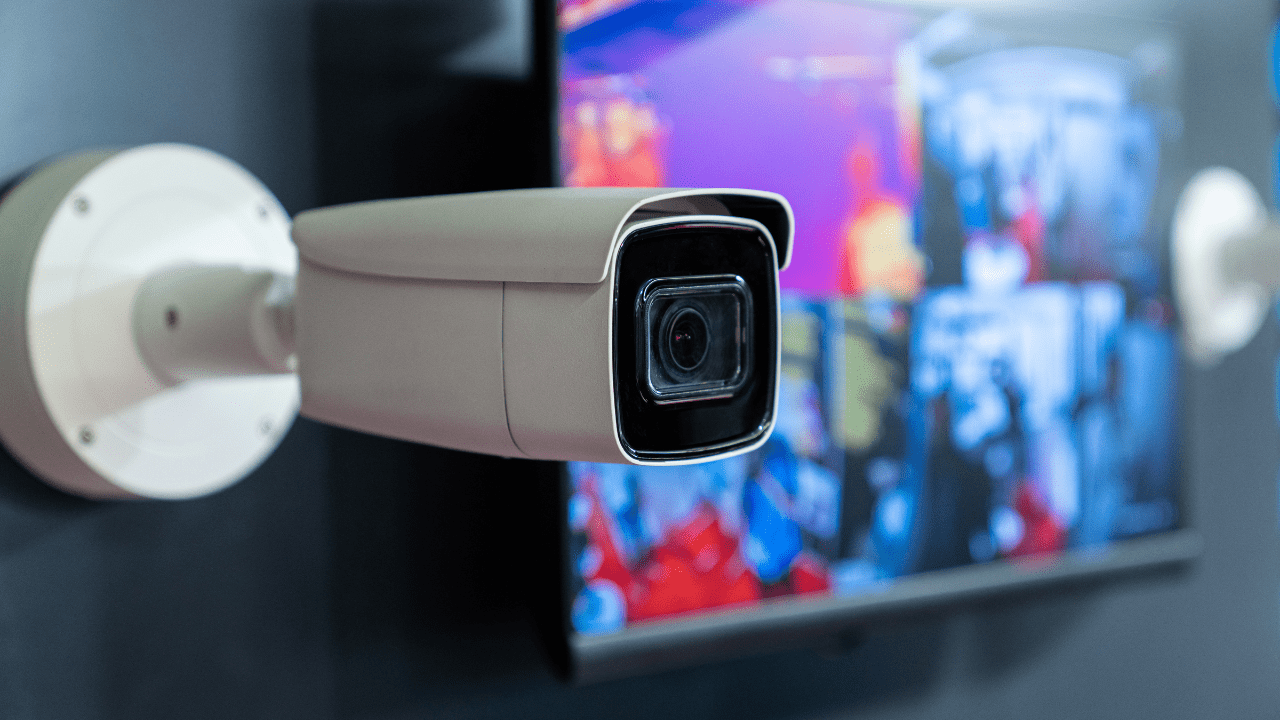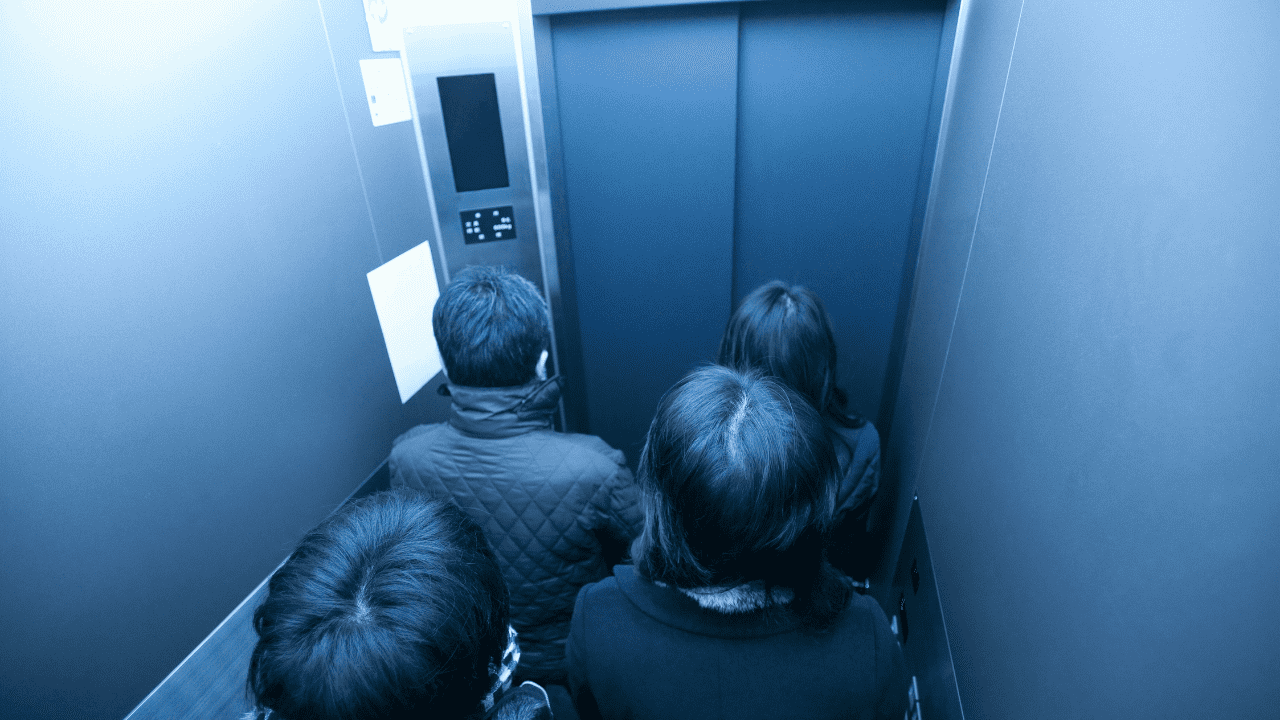The COVID-19 pandemic has brought about many changes in our daily lives, including increased attention to our health and safety. As a result, temperature monitoring system have become increasingly prevalent in public spaces like schools, airports, and office buildings. These systems aim to identify individuals with a fever, a common symptom of COVID-19, before they enter a space and potentially spread the virus.
But how accurate are these temperature detection systems? In this article, we’ll explore the various types of temperature detection systems, their accuracy, and the factors that can affect their readings.
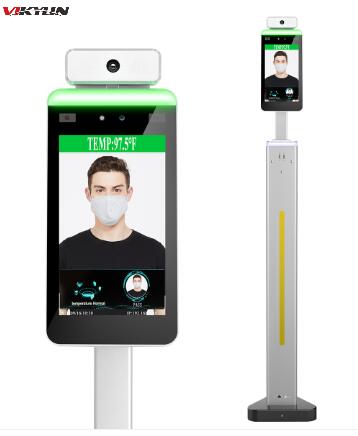
Temperature Control System Types
There are several types of temperature control system, including infrared (IR) thermometers, thermal imaging cameras, and thermal scanners. IR thermometers are handheld devices that use infrared technology to measure the temperature of an individual’s skin, typically on the forehead. Thermal imaging cameras are stationary cameras that can detect the temperature of a large group of people at once, while thermal scanners are handheld devices that can scan a person’s temperature from a distance.
Accuracy of Wireless Temperature Monitoring System
The accuracy of wireless temperature monitoring system can vary depending on several factors. First, the quality of the device itself can affect its accuracy. Higher quality devices may be more accurate and have a smaller margin of error. Additionally, the distance between the device and the person being measured can also impact accuracy. For example, handheld IR thermometers need to be positioned correctly on the forehead to ensure an accurate reading. Similarly, thermal scanners need to be held at the correct distance and angle to produce an accurate reading.
Another factor that can impact the accuracy of temperature detection systems is the ambient temperature of the environment. If the ambient temperature is too high or too low, it can affect the accuracy of the device. This is because temperature detection systems are calibrated to measure body temperature in a specific temperature range, typically between 33°C and 43°C.

Finally, certain conditions or circumstances can also impact the accuracy of temperature detection systems. For example, if an individual has recently exercised, has just come from a hot or cold environment, or is wearing a hat or scarf, it can affect the accuracy of the temperature reading. Similarly, factors like makeup or sweat on the skin can also impact the accuracy of the reading.
Overall, the accuracy of temperature detection systems can vary depending on a variety of factors. While some devices may have a high level of accuracy, it’s important to remember that no device is 100% accurate, and false positives and false negatives can occur.
Conclusion
Temperature monitoring systems have become an important tool in the fight against COVID-19, but it’s important to understand their limitations. The accuracy of these systems can be affected by factors like the quality of the device, the distance between the device and the person being measured, the ambient temperature, and certain conditions or circumstances. While temperature control systems can be a helpful tool in identifying individuals with a fever, they should not be relied upon as the sole means of preventing the spread of COVID-19. Other measures like mask-wearing, social distancing, and vaccination are also crucial in keeping ourselves and our communities safe.

